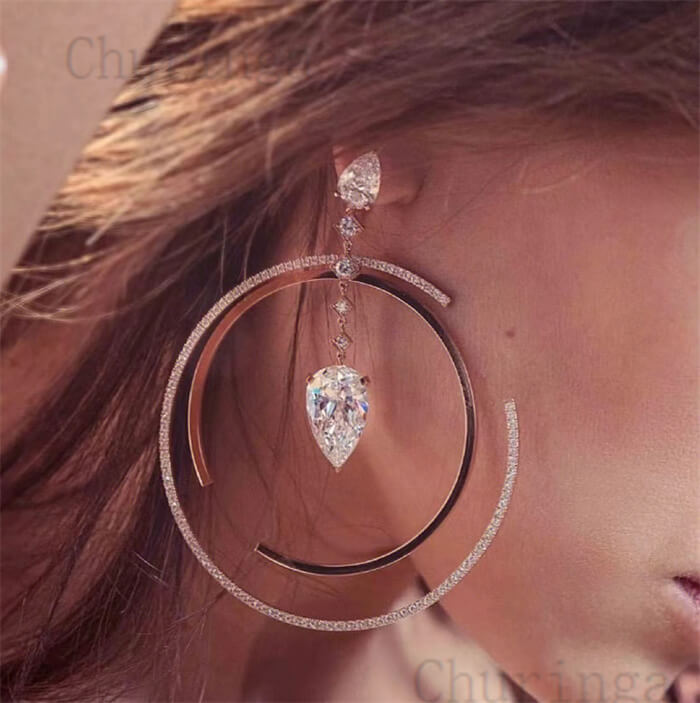The issue is steel fatigue. As heavy vehicles plow constantly over steel-structured bridges and planes undergo repeated pressure changes, microscopic fracturing has been unavoidable.
The solution is to mimic fatigue-resistant properties found in the way bones are structured. Time to ‘let the skeletons out of the closet’ as steel innovations design a smarter bone-mimic alloy.
Of course, nature trumps man-made imitations by far. For example, bone may match steel as far as load-bearing ratios are concerned, but bone weighs four or even five times less than steel!
Your steel supplier will know these lesser-known secrets of nature that have been incorporated into the design of today’s steel alloys. The benefits for steel users in the construction, automotive, and aviation industries are undeniably massive.
Read on to find out why.
Why We Need Fatigue-resistant Steel
Microscopic fracturing occurs with repeated stress on steel. When steel is the basic skeleton of structures such as skyscrapers and suspension bridges, improvements that retard fracturing and fatiguing carry massive benefits.
Despite it being largely composed of brittle materials, the ingenious way that bone is structured is what scientists successfully mimic to increase the strength and longevity of steel.
Metallurgist and co-author of a study at MIT (Massachusetts Institute of Technology), Cem Tasan explains: “If you look at the structure of bone with increasing magnification, you’ll see more and more complexity to it as you zoom in. That’s what helps it fight cracks.”
Innovators have ingeniously imitated that complexity to limit the development and spread of fracture cracks and fatigue in steel structures.
A Three-phase Marvel For Steel Innovation
Looking to induce increased plasticity in steel, two key properties joined forces with multiphase crystals within the new design structure.
- Ferrite-cementite steel, which is nano-laminated so that cracks don’t spread beyond the layers in which they may occur.
- Martensite-austenite steel, which is metastable and able to absorb the energy of cracks that tend to spread, even closing them up under certain conditions.
Thirdly, adding multiphase crystals, with their various levels of hardness, promotes surrounding friction, which discourages straight line cracking, successfully retarding their growth.
How neat is that?
Steel Innovation To Benefit Key Industries
In testing at Kyushu University in Fukuoka, Japan, lead author Motomichi Koyama released the following information:
‘When subjected to repeated cycles of stress, the automotive steel developed microscopic cracks after roughly 10,000 to 100,000 cycles, while the new alloy only did so after about 10 million cycles.’
That is a resounding success is it not?
Think of what this means for the construction industry, for power plants, as well as in the aviation and space industries where metal fatigue can become life-threatening. Steel innovations such as mimicking the properties of skeletal bone have certainly affirmed the ‘strong as steel’ axiom.
If you’re looking for longevity in the steel you use, contact us at your convenience.

